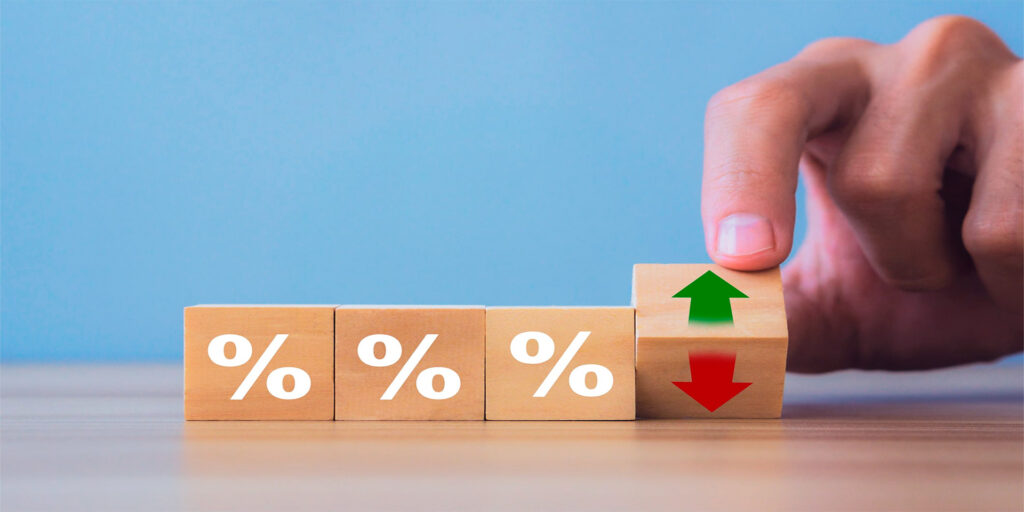Assessing Property’s Value and Collateral: Comprehensive

Assessing a property’s value and collateral in real estate loans hinges on a few critical factors. Lenders often use different methods like the sales comparison approach, income approach, and cost approach to determine market value. Each method offers unique insights into aspects such as location, size, and condition, ensuring an accurate market valuation.
Rental potential also plays a significant role, especially for income-generating properties. Properties in high-demand areas with strong local economies generally boast higher rental potential, directly impacting their market value. Metrics like gross rental yield help gauge profitability, making these properties attractive investments.
Another crucial factor is the loan-to-value (LTV) ratio, which measures risk by comparing the loan amount to the property’s appraised value. Lower LTV ratios often lead to favorable loan terms. It’s worth noting that appraisals, market trends, and the property’s condition significantly influence valuation. As the company assessing your property, accurately determining these values ensures a fair, stable, and profitable transaction for you.
What Methods Are Used To Assess A Property’S Market Value?
To assess a property’s market value, you can use several methods:
Sales Comparison Approach
- Sales Comparison Approach: The most common method for residential properties. You compare your property to similar ones that have recently sold in the same area. You consider factors like location, size, condition, and amenities.
Income Approach
- Income Approach: Primarily used for commercial properties. This method assesses the property based on the income it generates. You look at rental income, operating expenses, and vacancy rates.
Cost Approach
- Cost Approach: Useful for new or unique properties. You estimate the value based on the cost to replace or reproduce the property. You account for construction costs minus depreciation, plus land value.
Each method has its strengths and is suitable for different types of properties.
Overall, by understanding and applying the right methods—Sales Comparison, Income, or Cost Approach—you can determine a property’s true market value effectively.
How Does Rental Potential Affect The Value Of An Income-Generating Property?
Rental potential significantly impacts the value of an income-generating property by determining its ability to consistently produce rental income, which is key to its profitability and market value.
You can evaluate a property’s worth based on its income-generating capabilities. Higher rental potential means more consistent and higher rental income, thereby increasing the property’s value. Key investment metrics like Gross Rental Yield and Net Rental Yield will help you gauge profitability, with higher yields indicating better investments.
- Gross Rental Yield: (Annual Rental Income / Property Cost or Market Value) × 100.
- Net Rental Yield: (Net Annual Rental Income After Property Expenses / Property’s Market Value) × 100.
If the property is in a high-demand area with strong job markets and desirable amenities, it typically garners higher rental incomes, thus boosting its value. Current market trends and economic conditions are also vital; a strong rental market can enhance property values over time. You can use the Cap Rate Approach to estimate returns by dividing the Net Operating Income (NOI) by the property’s market value.
As a final point, remember that rental potential directly impacts your property’s value by increasing rental income, leveraging key investment metrics, and being influenced by market demand and economic conditions.
What Is The Role Of Loan-To-Value Ratio (Ltv) In Real Estate Loans?
The Loan-to-Value (LTV) ratio plays a crucial role in real estate loans by assessing the risk your lender is taking. This ratio compares the loan amount to the appraised value of the property, expressed as a percentage.
- Risk Measurement: LTV measures risk for the lender. A high LTV indicates higher risk because you have less equity in the property. Consequently, you might face higher interest rates or even loan denial. For instance, a $200,000 loan on a $400,000 property gives a 50% LTV, which is low risk.
- Loan Terms: Lower LTV ratios often lead to more favorable loan terms, such as lower interest rates and potentially avoiding private mortgage insurance (PMI). Conversely, higher LTV ratios can mean higher costs and stricter terms for you.
- Approval Process: During the approval process, lenders evaluate LTV along with other factors such as your credit score, down payment, and income. A lower LTV suggests strong investment and financial stability, increasing your chances of loan approval.
- Equity Indicator: LTV shows how much equity you have in the property. If you have an 80% LTV, it means you own 20% of the home outright.
To calculate LTV:
LTV = (Loan Amount / Appraised Value) × 100
For example, if the loan amount is $180,000 and the home’s appraised value is $200,000:
LTV = (180,000 / 200,000) × 100 = 90%
To sum up, understanding your LTV ratio helps you gauge borrowing potential and your financial commitment upfront.
Why Are Appraisals Crucial For Determining Property Value?
Appraisals are crucial for determining property value because they give you an unbiased estimate of your property’s worth. Appraisers take a close look at factors like location, size, condition, and the recent sale prices of similar properties to nail down a fair market value. This helps you set an appropriate price if you’re selling, and ensures you make informed decisions if you’re buying.
When it comes to securing mortgages, lenders use the appraisal value to decide how much they will loan you. This ensures the loan matches the property’s actual market value. Accurate appraisals protect you from overpaying and help lenders avoid lending more than the property is worth. They are also vital for refinancing, estate planning, tax assessments, and ensuring you have adequate insurance coverage.
By offering an impartial assessment, appraisals ensure transparency and fairness in real estate transactions. This balance is crucial for buyers, sellers, and lenders, contributing to market stability.
To wrap things up, appraisals play a key role in setting a fair property value, protecting your financial interests, and maintaining market stability.
How Do Market Trends Influence The Value Of Real Estate Collateral?
Market trends significantly influence the value of your real estate collateral. When property prices rise during a housing boom, the value of your collateral increases, leading to better loan terms and interest rates. Conversely, during a market downturn, property values decline, reducing collateral value and making it more challenging to secure favorable loan conditions.
Several factors drive these market trends:
- Market Conditions: The overall health of the real estate market is crucial. Booming markets enhance collateral value, while downturns decrease it.
- Location: Properties in desirable neighborhoods or close to amenities generally have higher collateral value.
- Property Type and Condition: Well-maintained, modern properties with desirable features tend to have higher collateral value compared to those in disrepair or of a less desirable type.
Broader economic indicators, such as interest rates and demographic trends, also impact real estate values. Lower interest rates increase demand for real estate, driving up prices, while higher rates can suppress demand and reduce prices.
By staying aware of market trends, you can better plan your real estate investments and loans, ensuring you maximize the value of your collateral.
In the end, understanding how market trends influence real estate collateral value helps you navigate investments and secure favorable loan terms, boosting the overall worth of your assets.








